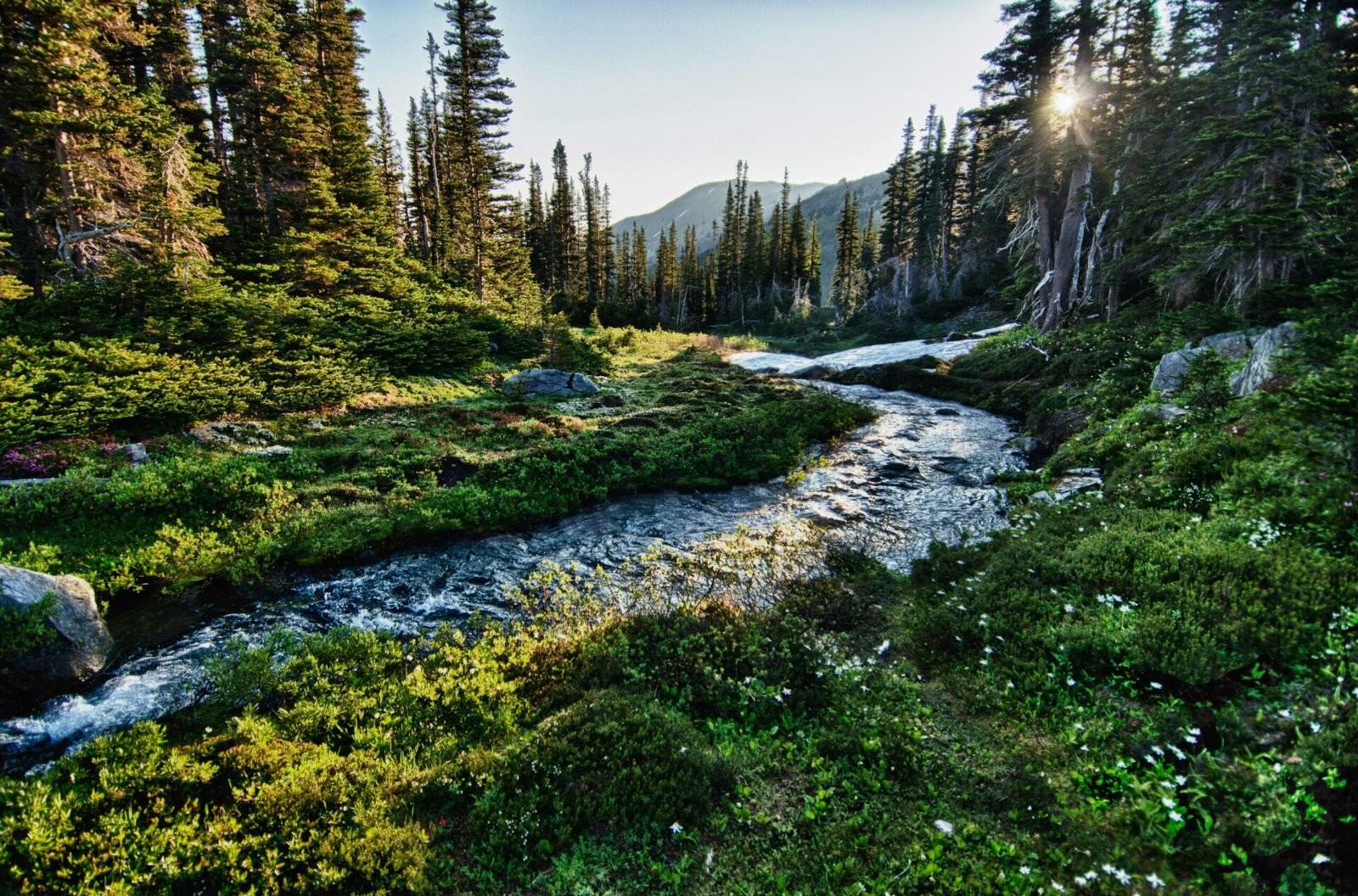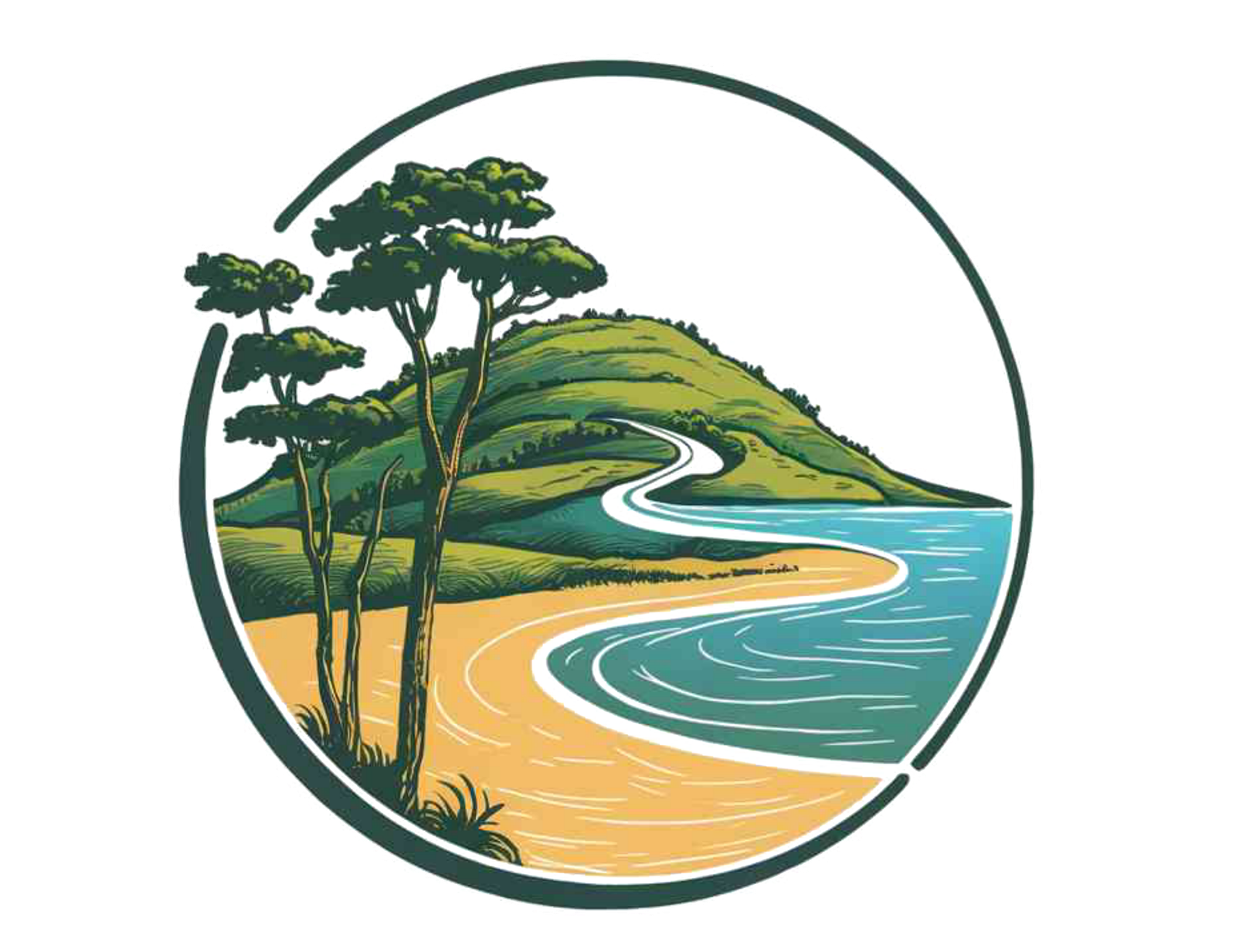Olympic National Park in Washington-Everything you need to know

The Olympic National Park is situated in Washington state of America in the heart of Pacific Peninsula. The park emerged in 1909, centered by the Olympic Mountains. Then, in 1938, it was designated as a national park. The park was developed to preserve the wilderness, which was quickly disappearing in Washington. In 1976, the park was designated as a Biosphere Reserve, and finally, in 1981, UNESCO declared it a World Heritage Site. Now, the park serves as a reserve of old growth and rainforest in the 48 lower states.
The area of the park is 1441 square miles. It has two parts, one is the Olympic Mountains, and another one is the coastline. Besides this, it is also fascinated by temperate forest and the drier forest of the east side. The magnificent beauty of the snow peaks of mountains and coastal valleys covered by rainforest attract visitors.
The park is famous for its scenic beauty, of which Hurricane Ridge is one of the popular parts. This place is celebrated for its glaciers. The immense pleasure of Lake Crescent is found in the northwestern part of the park, which is 11.81 mi (17.7 K) long and maximum depth of 624 feet (190 m).
Reasons for Visiting Olympic National Park
- Olympic National Park is larger than Great Smoky Mountain National Park. Due to its size, it covers different biodiversity and ecosystems. It takes six hours to visit the entire park.
- It contains 49 peaks in an area of 6500 feet. Snow peaks and glaciers of 266 create a
mesmerizing view throughout the park. - The Olympic National Park is quite known for its beaches. The beaches are rocky and
suitable for hiking. Providing a full array of sea life, grey whales and orcas become visible from the beaches which depend on the sea. - The western edge of the park, which is the rainforest, is divided into three sections by local people as the Hoh, Queets, and Quinault. The Hoh forest is famous among them and creates the opportunity for short and flat hiking. Usually, the annual rainfall is recorded as 120 inches in the forest.
- Olympic National Park is home to rivers, lakes, and waterfalls. Hoh, Elwha, the Quinault, and the Queets are the popular rivers there. Lake of the Angels and Seven Lakes Basin region are the high Alpine lakes.
Best Time to Visit Olympic National Park
Summer
The best time to visit Olympic National Park is June to September. This is the driest season, and higher elevations are visible as the snow has started melting. It is warm in the daytime and becomes mild in the evening. This time is also suitable for hiking and camping.
Winter
Winter comes with cold, dry environments, and snowfall. You will be able to spend time in three different ecosystems: coast, rainforest, and alpine. The epic view of snow peaks in Hurricane Ridge is also pleasing.
Rainy Season
There is no predicted time for rainfall in the Olympic National Park. November to April is the best time for precipitation. Due to massive rainfall, 3500 miles of streams and rivers and 10,000 waterfalls turn into rapid flowing waterfalls and rivers.
The park offers a range of activities year-round. Learn about the various options in our guide on Seasonal Activities .
How to Get There
Olympic National Park is the 5th most visited park in the United States. In 2023, the park was able to gather about 2.9 million visitors. There are different options for transportation such as by air, car, bus, or ferry. The area of the park is immense and has six entrances. Now you have to decide what you want to explore, then choose the entrance.
Traveling by Air
The Seattle-Tacoma International Airport is the nearest airport, and it is 2.5 hours from the park. You have other options by Sea-Tac International Airport and Victoria International airport.
Traveling by Car
When traveling by car, you are to cross the I-5 state road or any one of the quieter state roadways. Highway 101 is the main road which circles around the Olympic National Park. This highway is two-lane and is okay for RVs. If you are traveling from Tacoma, you will take State Route 16 north. It will pass through the Tacoma Narrows Bridge, which is a link between Tacoma and the Kitsap Peninsula. After reaching the Bremerton area, you will take State Route 3. It will bring you to the Port Gamble, then you will turn onto State Route 104. In term, you will cross the Hood Canal Bridge. This route is fine for RVs but not suitable for large vehicles due to high wind.
Traveling by Bus
Olympic Bus Lines and Clallam Transit System are two commercial bus line services which are available for Olympic National Park. Olympic Bus Lines serve the Greater Puget Sound area, and Clallam Transit System serves Port Angeles, Sequim, and Forks.
Traveling by Ferry
The Seattle area provides an appealing ferry system to cross the Puget Sound and Olympic Peninsula.
Edmonds-Kingston Ferry
When you are at the north of Seattle, this is the best option. It takes only 30 minutes to cross the Puget Sound. It runs every 45 minutes interval without prior reservation.
Seattle-Bainbridge Island Ferry
From downtown Seattle, you can take State Route 305, and then it will take 35 minutes to cross Bainbridge Island. After that, you will drive for two hours to reach Port Angeles and your destination, Olympic National Park.
Fauntleroy-Southworth Ferry
If you are flying from SeaTac, then this ferry is appropriate for you. The cost of the ferry is low compared to the other two mentioned, only $21.60 for a family of four members with a vehicle.
Accommodation & Entry Fees
Various accommodation arrangements are provided there by advance reservations.
- Kalaloch Lodge Lake
- Crescent Lodge
- Log Cabin Resort
- Sol Duc Hot Springs Resort
Campground Reservations
Kalaloch, Hoh, Mora, Firehole, and Staircase campground are park operated and available for reservation in summer. The visitors must have one of these entrance passes.
- Standard Pass: $15-$30
- Annual Pass: $55
- America the Beautiful Pass: Free-$80 (includes senior passes)
Various accommodation arrangements are provided there by advance reservations. For more information on camping options, visit Camping in the Park.
Recreational Activities In Olympic National Park
Hiking
There is over 600 miles of trails for hiking in the park ranging from flat to strenuous. Spring and summer are the appropriate times for hiking in Olympic National Park as the weather is most amicable.
Fishing
Mountain, rainforest, and coastline support a unique habitat for the fish population and embrace an abundant opportunity for fishing. Two unique species, Crescenti and Beardslee, are found in Lake Crescent, and Elwha is the home to a large Coho Salmon population. Spring and summer are the best times for fishing in these areas.
Boating
Boating is one of the popular recreational activities in the Olympic National Park. Whitewater of the rivers brings enjoyment to the travelers with rafting or kayaking. Lake Ozette and Lake Crescent are best for stillwater kayaking. Late spring to early fall is the preferred duration for
boating.
Backpacking
• Choose the destination and be aware of area regulations and amenities.
• Collect information on current conditions (weather, trails & roads).
• Arrangements of permits. Permits are essential for overnight backpacking.
Hunting
The Hunting Lodge is a specialized facility or accommodation for hunters or visitors who are enthusiasts for hunting. They provide amenities to enhance the hunting experience and are situated near the main hunting area.
Wildlife Viewing
In ancient times, the Olympic Peninsula was cut off from other continents, resulting in unique species. Mammals of 56 species and birds over 300 species are found in the Park. The Roosevelt elk is a unique species there, which is seen throughout the year. The Hoh rainforest is a common place to view elk. Olympic marmots are often seen on Alpine trails, near Hurricane Ridge, playing together. The marmot is included in Endemic 16; they are endemic in North America. Wild goats are also common there. Columbian Black-Tailed Deer is another wildlife fascination in the park.
Pros & Cons
Pros
- Access to different biospheres
- Different trails and hiking opportunities
- Access to explore abundant wildlife
- Magnificent sightseeing opportunities
Cons
- High precipitation creates a problematic environment
- Distant from the city
- Risky to explore the interior of the park
- Involvement of huge visitors increases the possibility of extinction of different wildlife habitats
How many days to see olympic national park
To fully enjoy Olympic National Park and its diverse landscapes, 3 to 5 days is an ideal amount of time. This duration allows you to explore the park’s key areas without feeling rushed. Here’s a breakdown of how to make the most of your visit in this timeframe
Day 1: Explore the Pacific Coast
Begin your journey along the rugged coastline. Areas like Rialto Beach and Ruby Beach are stunning places to experience the Pacific Ocean’s raw beauty. Here, you can walk along the shore, marvel at the sea stacks, and even spot tide pools teeming with marine life.
Day 2: Discover the Hoh Rain Forest
Next, head toward the Hoh Rain Forest. This magical forest is one of the park’s highlights, boasting lush greenery and towering trees covered in moss. The easy Hall of Mosses Trail is a great starting point, offering a serene, immersive experience in the heart of the forest.
Day 3: Visit the Mountains – Hurricane Ridge
From the coast and forest, transition to the mountains by visiting Hurricane Ridge. On a clear day, this spot offers breathtaking panoramic views of the Olympic Mountains and beyond. Here, you can hike trails suited to all levels, ranging from gentle walks to more challenging hikes. This area is especially beautiful in the summer, with colorful wildflowers dotting the landscape.
Optional Days 4-5: Lake Crescent and Sol Duc Hot Springs
If you have additional time, continue to Lake Crescent. The lake’s crystal-clear waters are ideal for kayaking, swimming, or simply taking in the views. Following this, the Sol Duc Hot Springs is a wonderful spot to relax, offering naturally warm mineral pools to soothe tired muscles after days of exploring.
In summary, 3 to 5 days gives you a well-rounded experience in Olympic National Park, allowing time for each unique ecosystem. With each day, you’ll discover why this park is celebrated for its natural diversity and breathtaking scenery.
Are there grizzlies in olympic national park
No, grizzly bears are not found in Olympic National Park. While the park is home to black bears, which are relatively common, grizzlies are not native to this area. Olympic National Park’s isolated location on the Olympic Peninsula and the surrounding waters and cities have naturally limited grizzly migration here.
If you’re exploring the park, you may encounter black bears, especially in forest areas or near rivers. However, they tend to avoid humans when given space. Always follow bear safety guidelines, such as storing food properly and maintaining distance if you do see wildlife.
Achievements
Olympic National Park is beautifully nourished by nature and blessed with different biodiversity. The immense features of the park appeal to Mountain, Temperate Rainforest, and Coastline. This is a package of three parks. A traveler can achieve different experiences at a time throughout the park. Whether it’s a family vacation or an educational tour, the park serves both opportunities and advantages. There are different regions for research work.
The park will offer you all the scopes for recreation. They have their own arrangements for accommodation as well. One can also enjoy the soothing natural environment at camping. Moreover, the variation of seasons in the park will give you different experiences.
